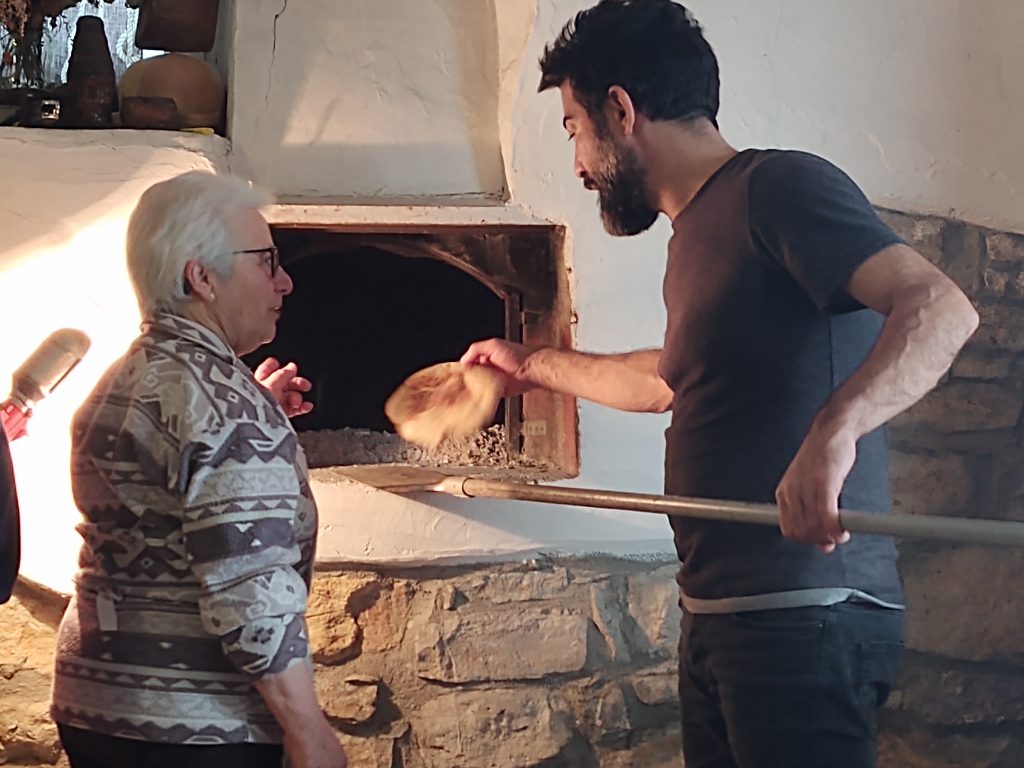
Ivo (EE vo) picked us up promptly at 8:00 am. His energy filled the hotel lobby. He would be our local connection and escort throughout the island of Sardinia for the next three days. Bread making with a local family was on our agenda today.
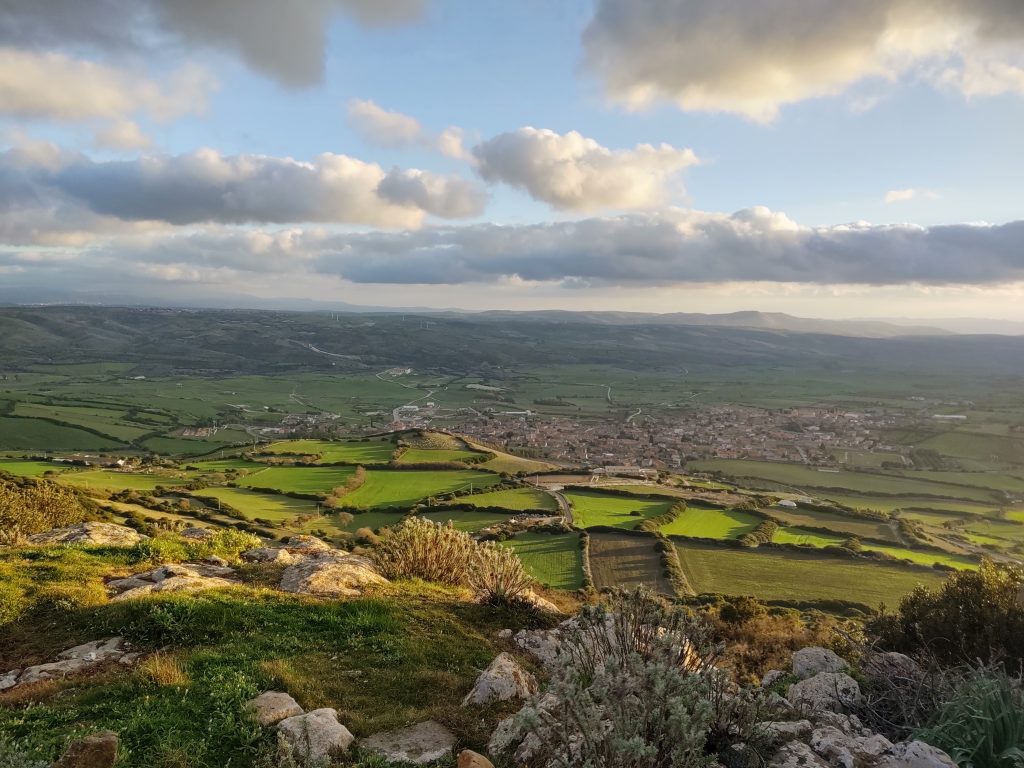
Ivo drove us through the switchback mountain roads and through many small villages. We had a chance to ask Ivo about himself and his views of Sardinia. We learned a lot in the hour long trip!
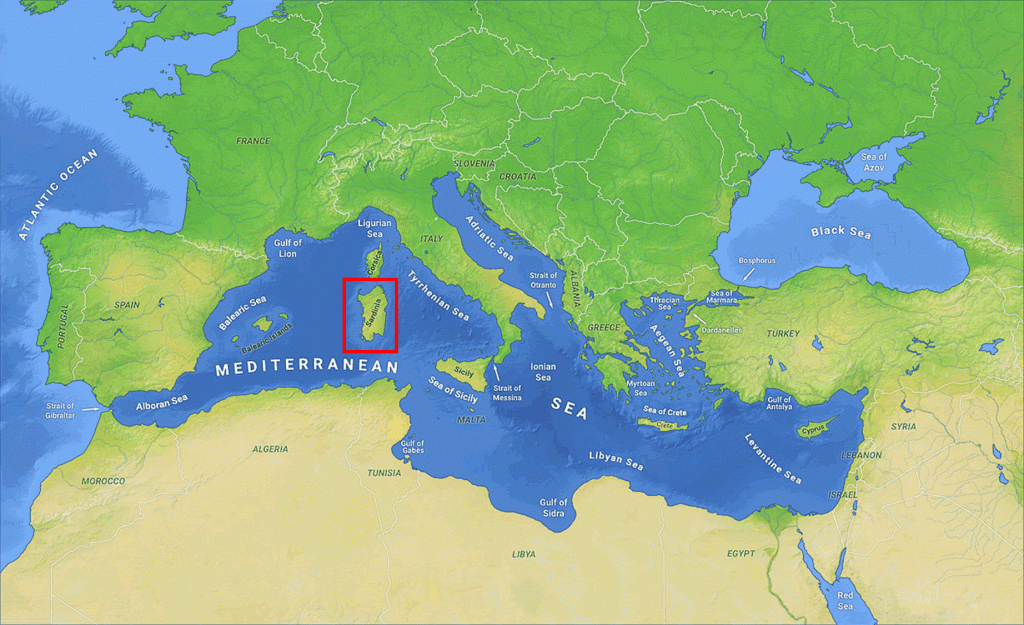
“How do you feel about Italy?” Chuck asked pointedly. Ivo took time to form his answer. He had taught himself English at 35 years old. (He’s ten years older now.) “Being 100% Sardinian I feel independent. We only became under Italy “yesterday” in accordance with our long history.” (The Nuraghe ruins on Sardinia date back 4,000 years B.C.E. – Before Christian Era or Before Common Era.) Ivo continued, “It’s complicated. We have strong patriotism toward Sardinia. Families have strong bonds. We are embarrassed toward Italy’s self professed high and mighty culture.” Ivo sustained his train of thought. “We have our own language, Sardo. From the start Sardinia accepted the blending of immigrants but always fought to keep our independence.” In 1861 Sardinia became part of united Italy.
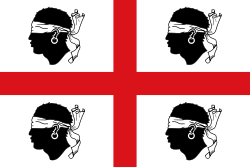
Chuck turned in his seat to face Ivo and described the Sardinian flag. “I like this place. Sardinia’s flag has four Moorish kings who were beheaded by Sardinians and it is waved proudly.” Ivo replied with a smirk, “You know more about our flag than most Sardinians.”
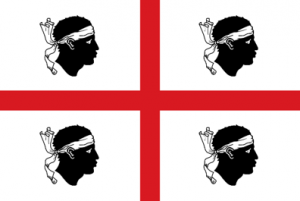
“In fact, in 1987 the Sardinian government decided to be progressive and look to the future with our flag. They turned the heads to the right and moved the blindfolds up into headbands.” We shared a laugh over the “big change” made with the flag. The message appears to be the same, “Don’t mess with Sardinians.”
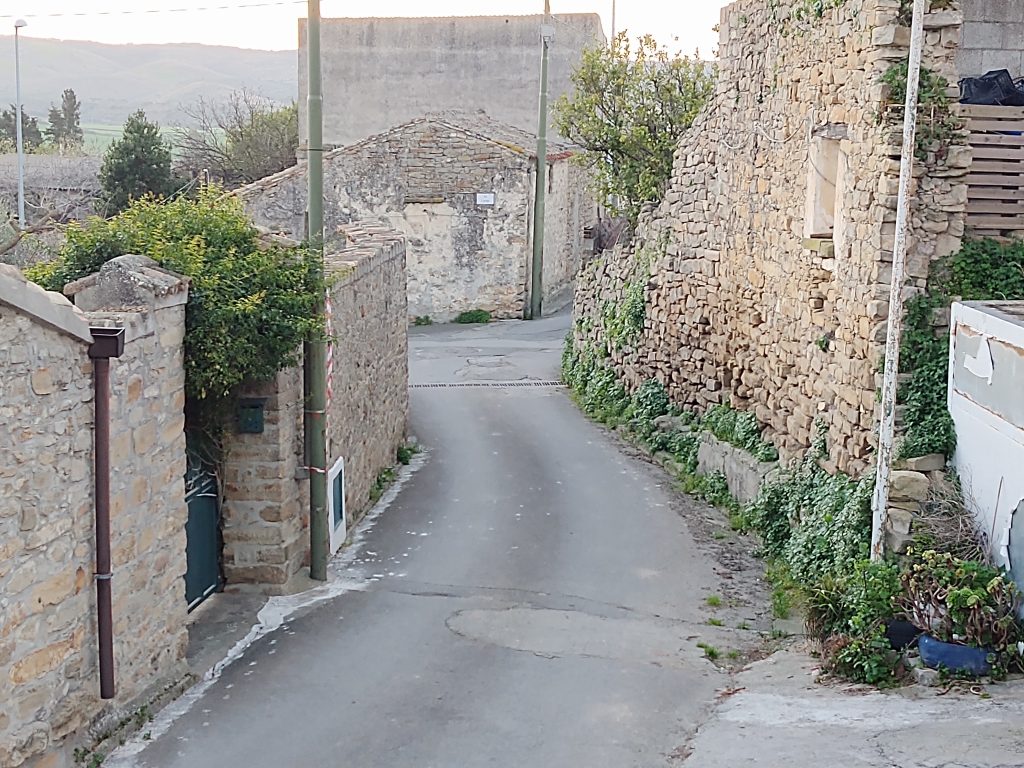
Ivo parked the van and turned in his seat, “Now we will bake bread with my family.” “Wait. ” I replied. “It’s YOUR family?” My heart skipped a beat. Our agenda only included “baking bread with a local family.” This was precious and so generous of Ivo and his parents to invite us into their home. We entered through their back gate where a lemon tree welcomed us.
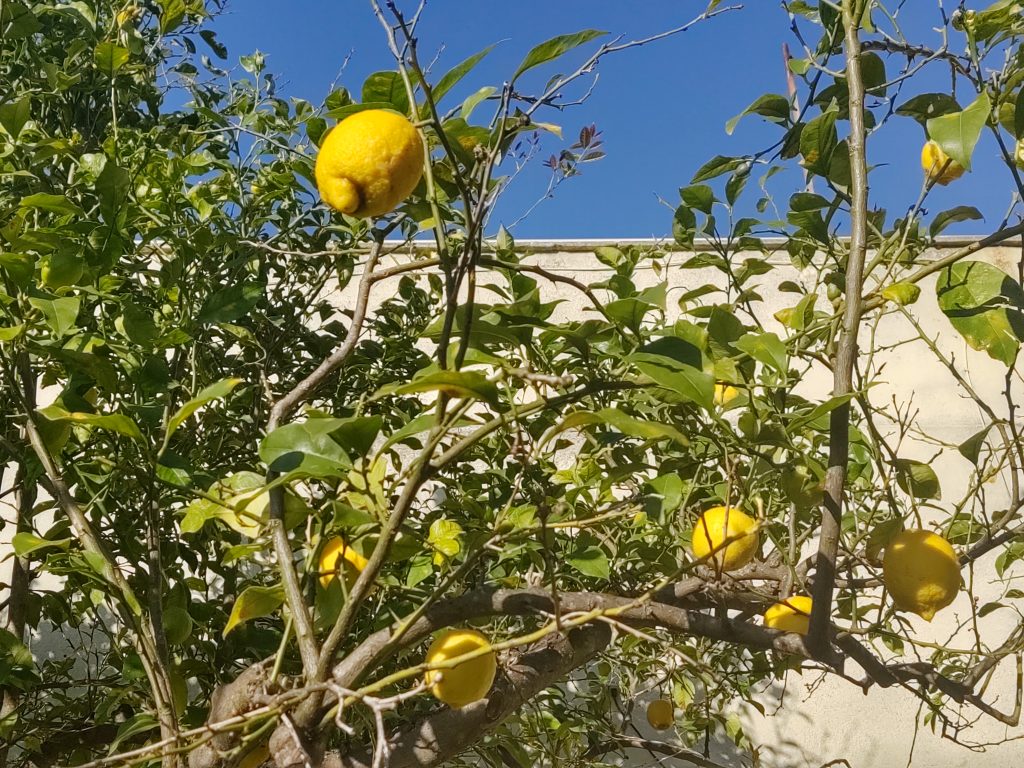
What a welcoming sight. It’s something this Michigan girl has never seen before.
Dolorio and Gisseppe opened their arms and we touched cheeks, right then left in an Italian greeting. “Caio” (chow) and “Salute” (sal oot) which is more formal. It was incredible that they would willingly open their home to strangers. However, it didn’t take long to establish rapport and begin to build friendships. We learned that Ivo has a brother who is married with two children. They don’t get the opportunity to see their grandchildren often enough. Dolorio worked in a grocery store until she retired a few years ago. The adjustment was tough for her. Gisseppe was a brick layer and managed several workers. Now he focuses on hobbies of making wine and olive oil. He visits his garden daily which is a few kilometers away. Most Sardinians have a garden outside their village. Dolorio cares for their chickens and rabbits as well as baking and cooking using traditional methods.
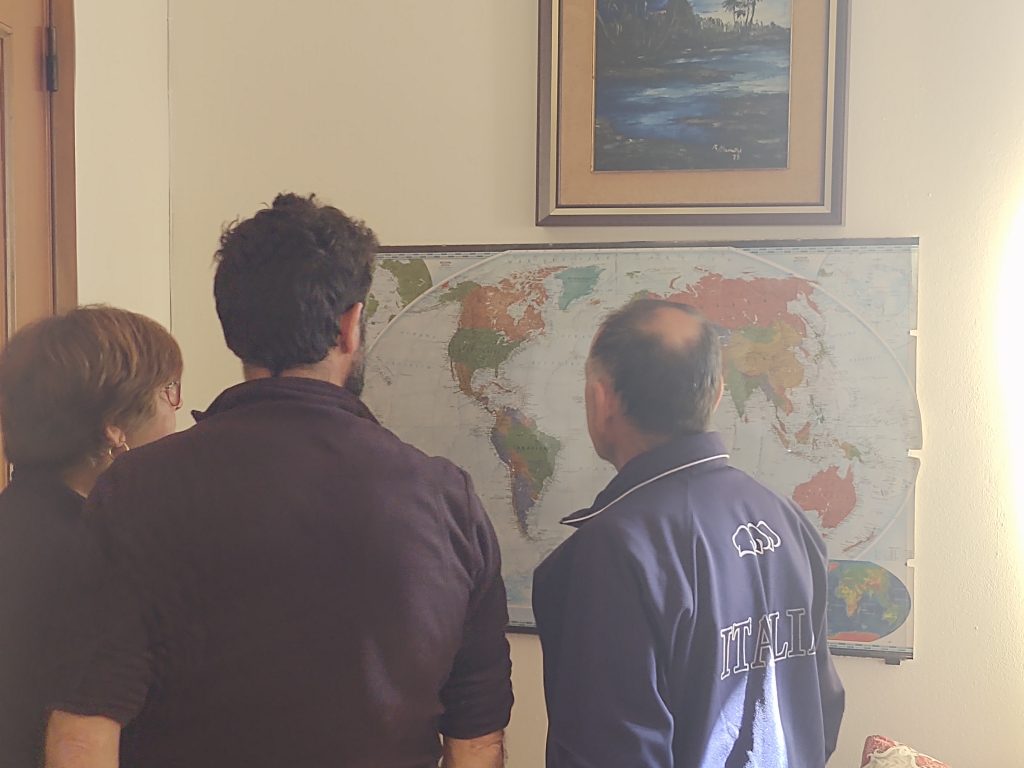
We used gestures, Ivo and Google Translate to help us communicate.
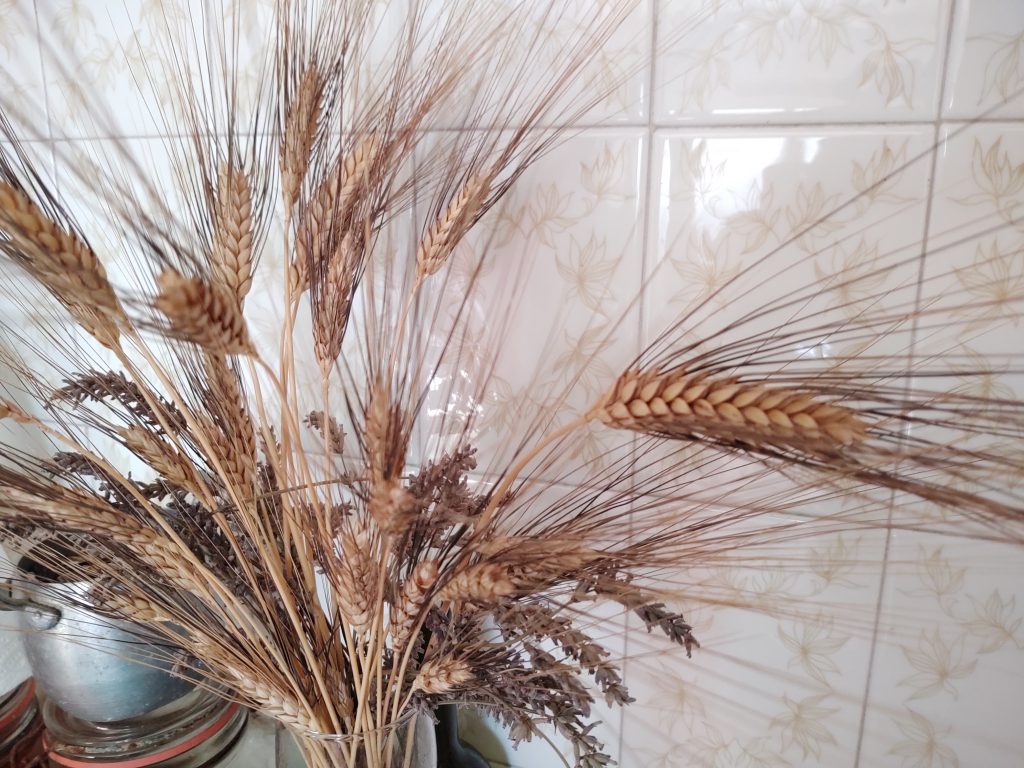
It nearly died out.
Semolina flour, a Sardinian specialty, is mixed with regular flour to create traditional breads.
Their basement had a traditional wood stone oven. Sardinians typically bake bread once a week. Often neighbors worked together on the task. Marta, a close family friend, joined us for the endeavor.
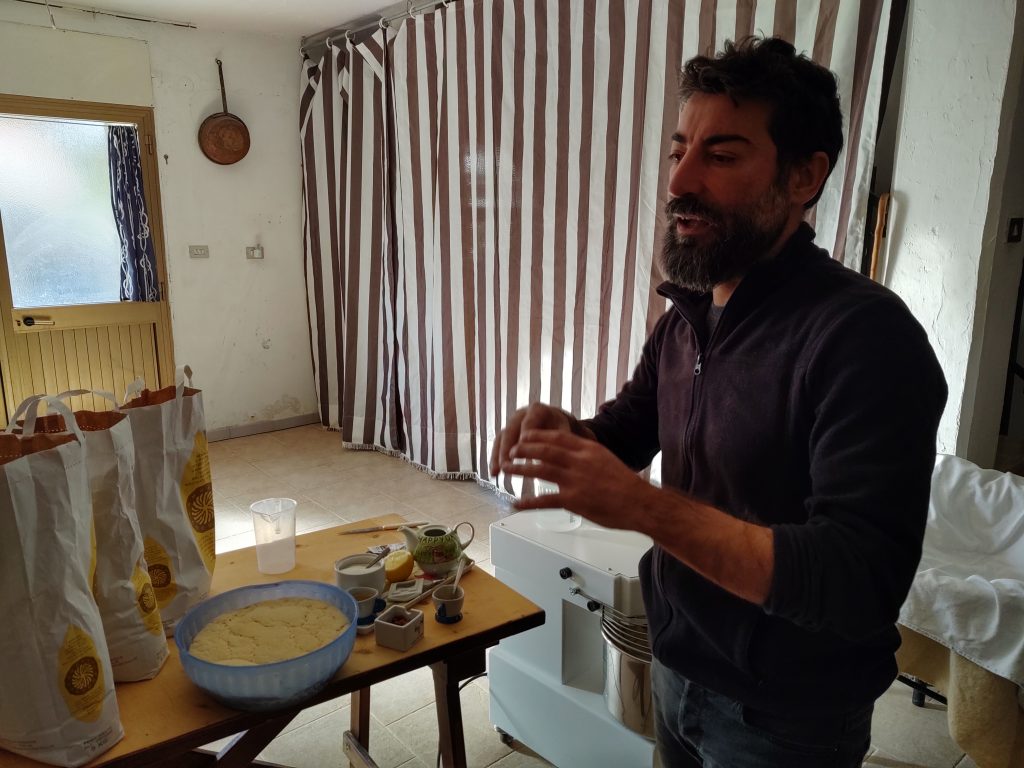
Their family’s 300 year old yeast mixture is in the blue bowl.
First we mixed the ingredients. Ivo was excited to share his understanding of each part of the process. Ivo explained the six layers of bran on the wheat shaft. It was obvious that he loves learning and is curious about so many aspects of life. Being a professor and having a PHD in biology helped him to render this information making it easy for us to interpret. He shared about how the family’s yeast mixture is over 300 years old and needs to managed every four days to keep the yeast alive and well. I silently reflected on the ziplock of friendship bread yeast mixture that I had thrown out because I was too lazy to follow the daily directions . . . I am so American. 🙁 I kept my embarrassment to myself as Ivo continued teaching us and demonstrating for us.
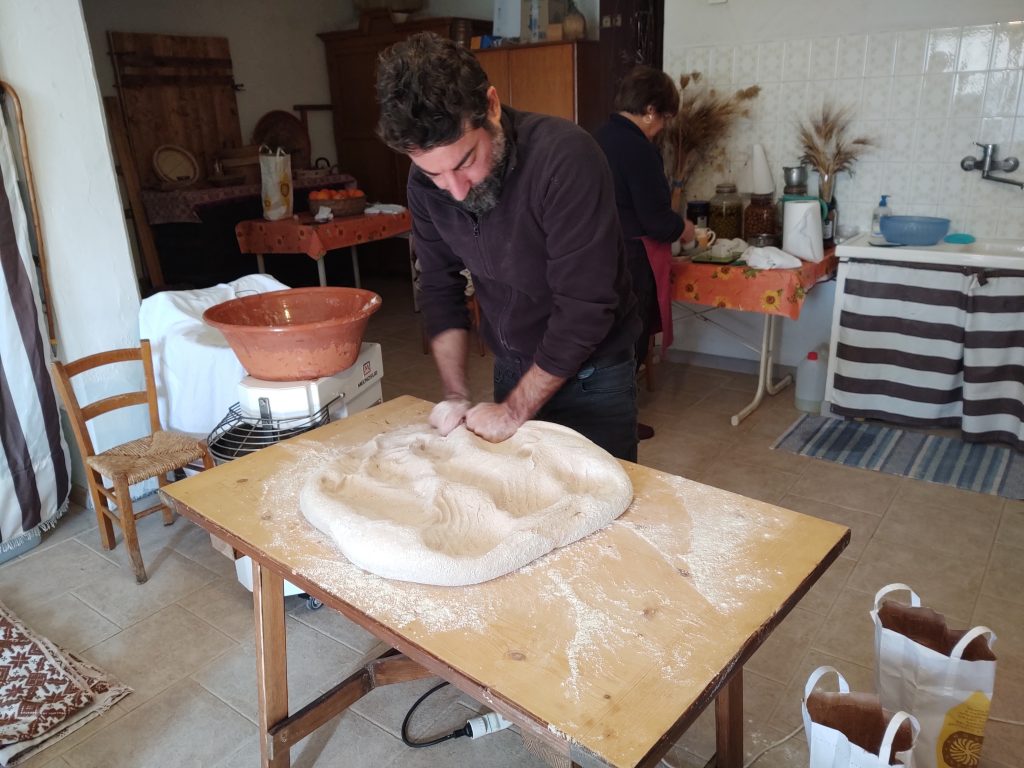
After folding the dough it was left to rise in the terracotta pot. (Pictured above on the left.) While it was rising Dolorio, Ivo’s mother, treated us to a Sardinian lunch. WOW! There isn’t a better gift than one who cooks from the heart! Homemade ravioli, lamb and artichoke salad. There were olives, bread, cheese and pickled vegetables. For dessert she had homemade donuts for us. Using natural ingredients and harnessing cooking and baking methods which have been passed down over generations, Dolorio created an amazing meal.
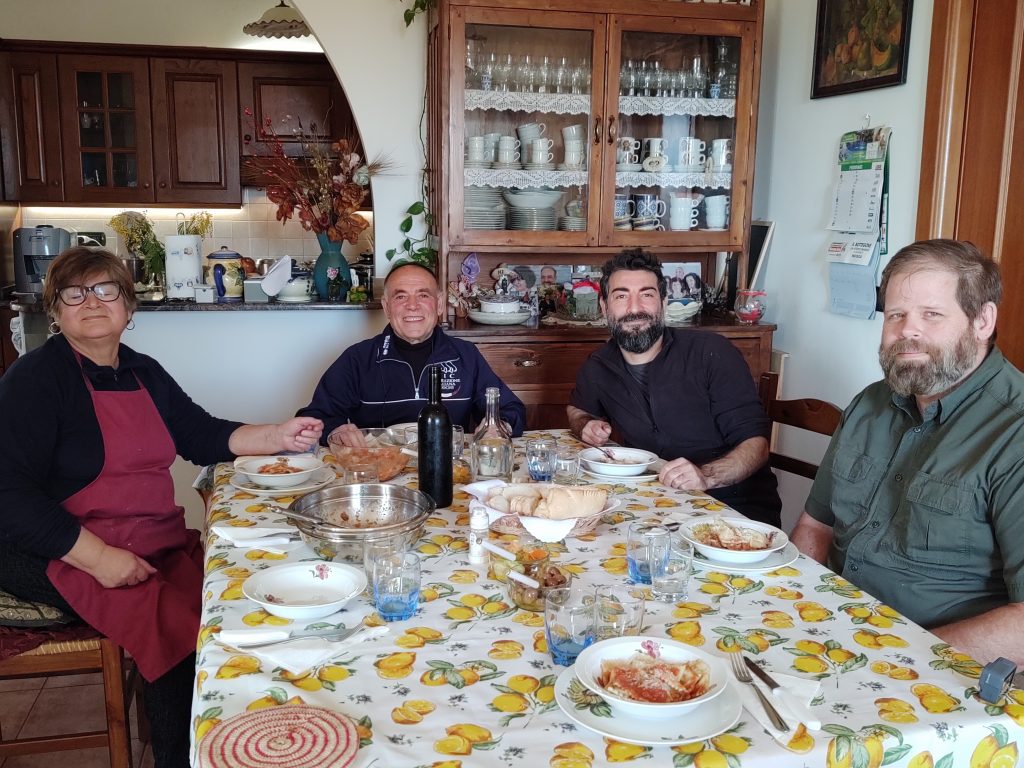
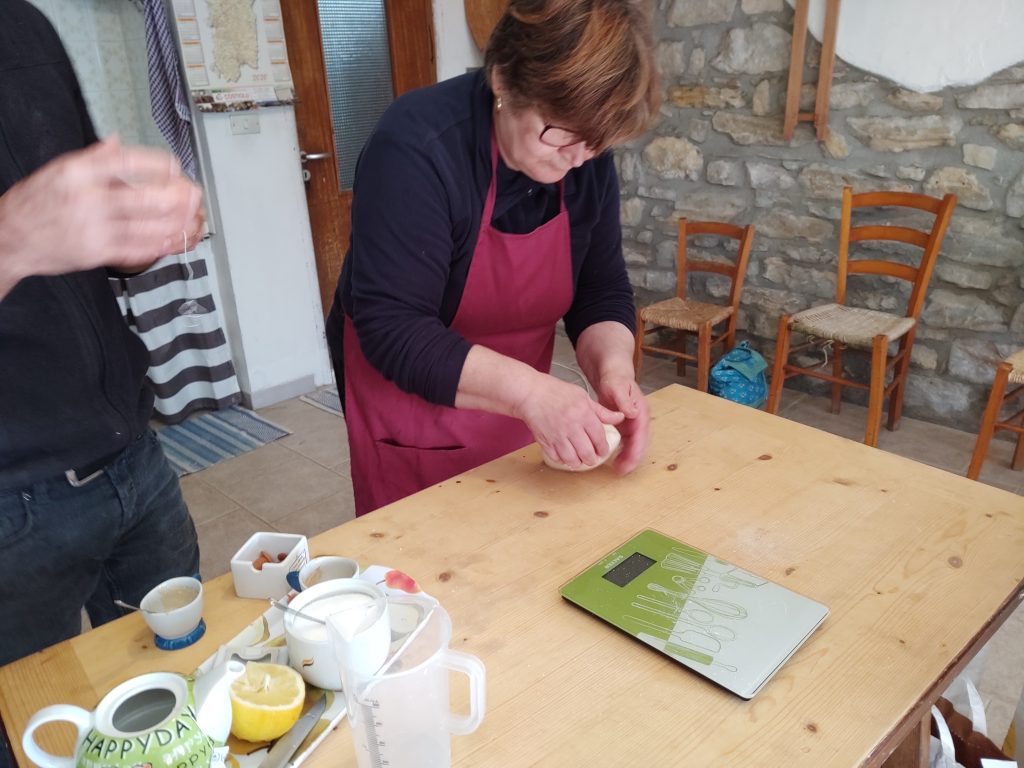
As the dough was rising for its second time, we took a field trip to some ancient ruins. (That will be in another article.) When we returned, it was time to bake the bread.
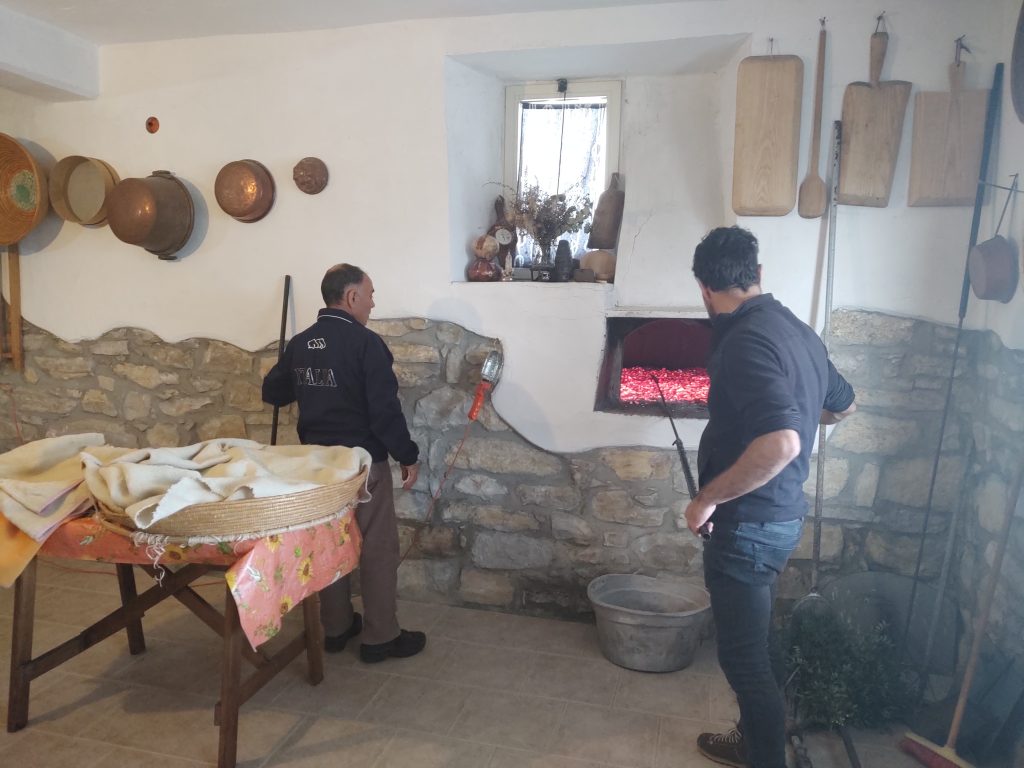
Baking the bread was a dance. Ivo moved the steaming coals, brushed the inside of the oven surface with branches of a bush made for this occasion, then he wiped the inside with a wet broom. He carefully placed a metal cylinder full of water in the oven cavity to give humidity. All of these steps were being done under Marta’s watchful eye. Ivo explained that Marta had turned from “a bee into a wasp” with her guidance. (pictured below)
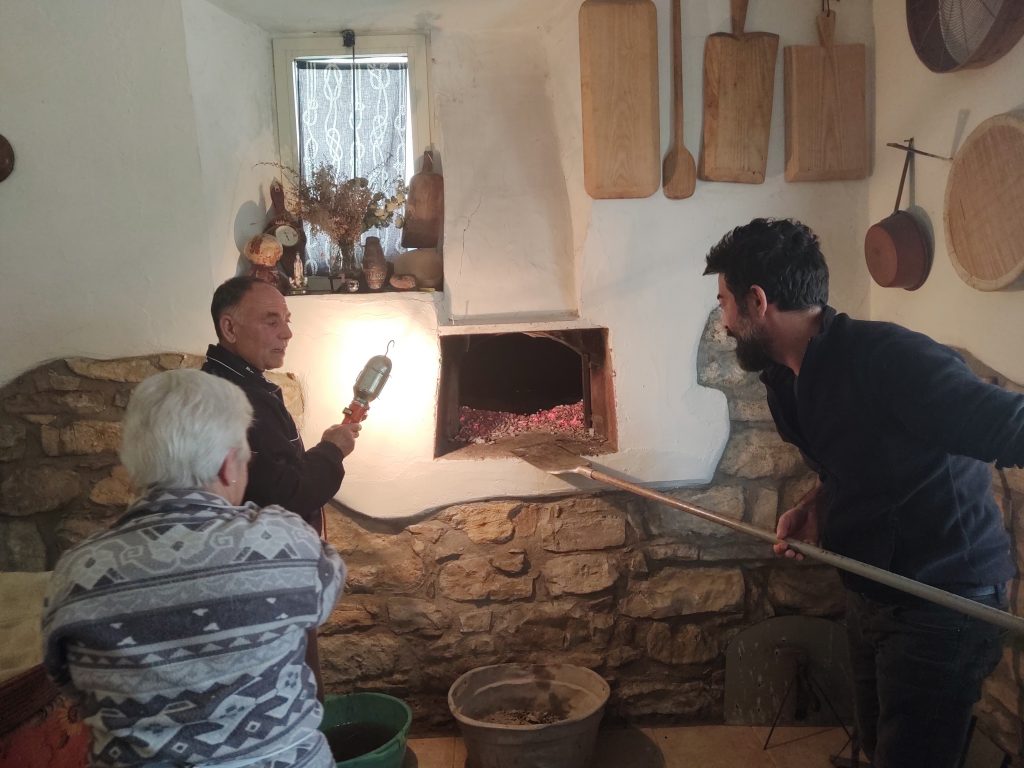
Working as a team they’d accomplish this weekly task and would have time to bond.
While we waited for the bread to bake we had time to visit. With Ivo’s translations we shared about our families and traditions. Marta’s son, Pablo, and Ivo grew up together and created many memories. Watching them work was magical. (Yes, Chuck and I felt guilty, but knew to stay out of the way.) Their pride in the process and their close friendship was evident. At one point they were all debating about how to put a window in the metal oven door (not pictured). This appeared to be a heated discussion, but Ivo said with a smile it was normal for them to sound determined about their differing opinions.
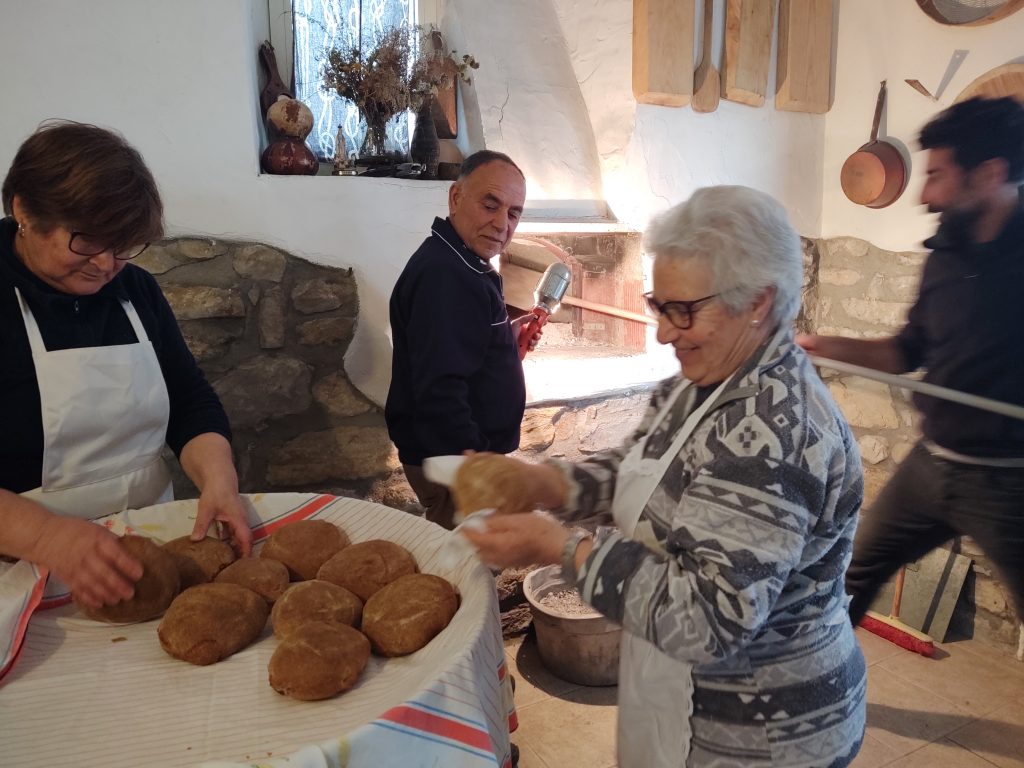
of baking civraxiu bread. Their closely bonded friendship is easy to perceive.
The bread we made, actually, they made and we watched, is called civraxiu. It’s a Sardinian crusty loaf eaten daily. After baking, the loaves are stored under a cloth in the basement or more recently they may be frozen.
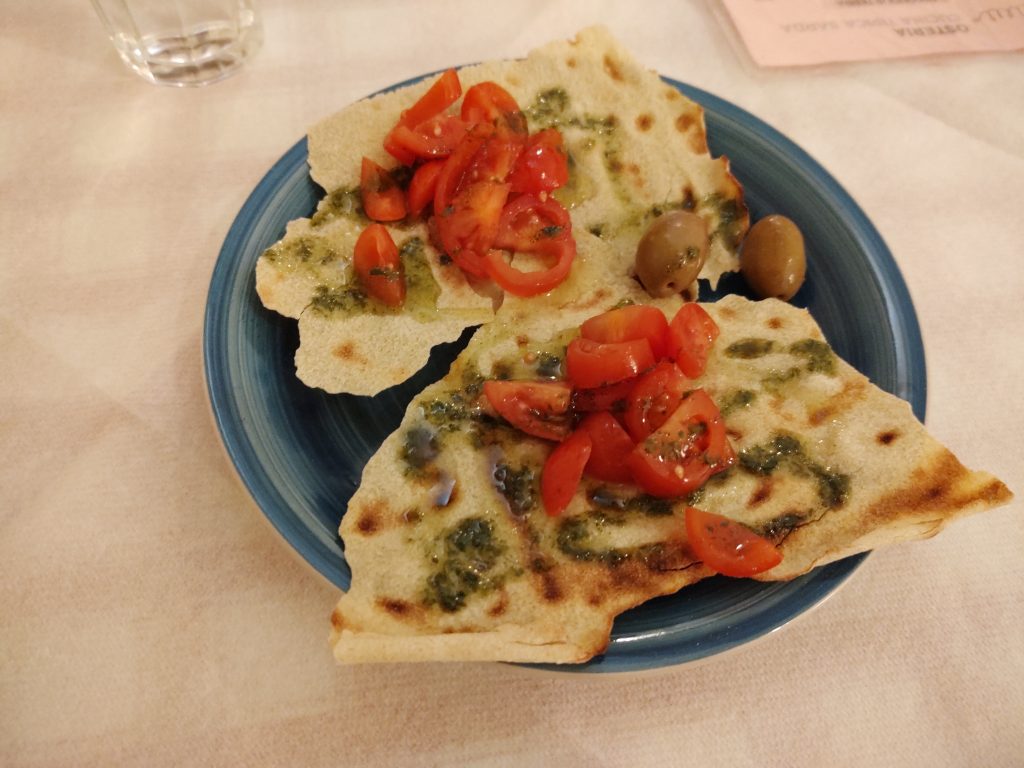
Another famous Sardinian bread is pane carasau (pan care o sol). It’s a flat, crispy style which when baked puffs up, is taken out of the oven quickly and sliced at the seam so it flattens. It is often used as the plate and a broken off piece as the spoon.
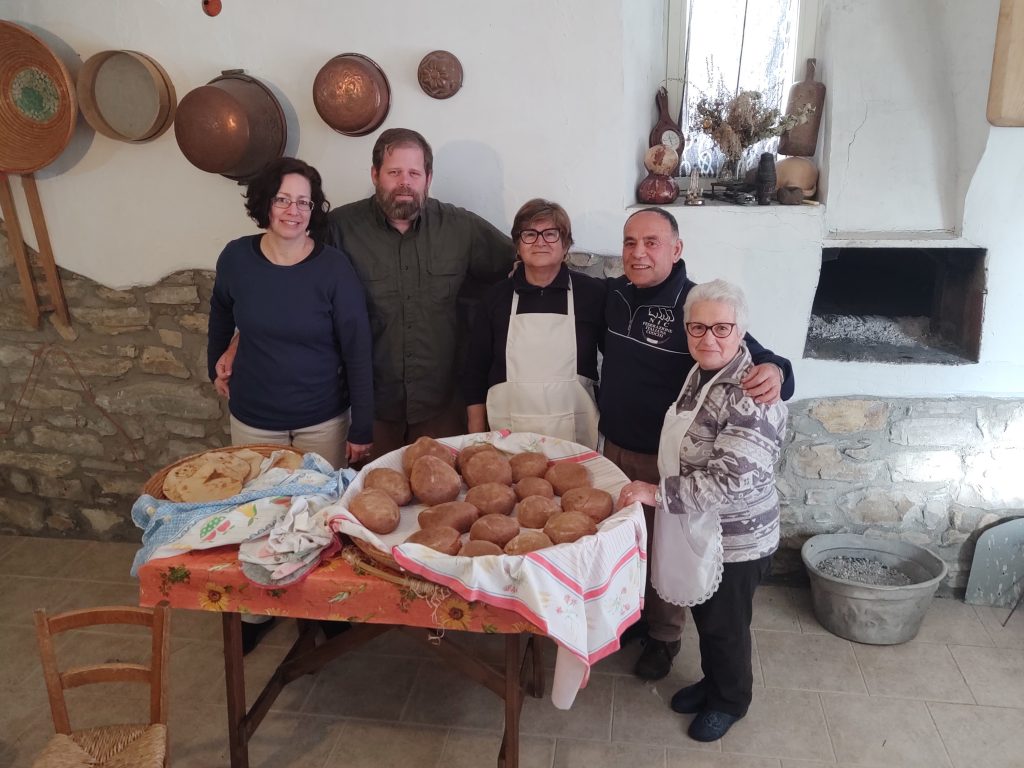
celebrating our accomplishment of baking many loaves of civraxiu.
We made more than just bread that day. Chuck and I could have easily sampled bread at any local bakery and recalled the flavor and texture of the variety of local samples, but here we were able to build friendships with this family. Now we have a true connection and a fusion of understanding for family life in Sardinia. This is the type of travel that we like to experience, looking behind the curtain of life. A bridge has been built and we are entirely grateful!

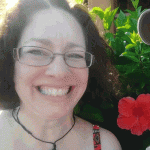

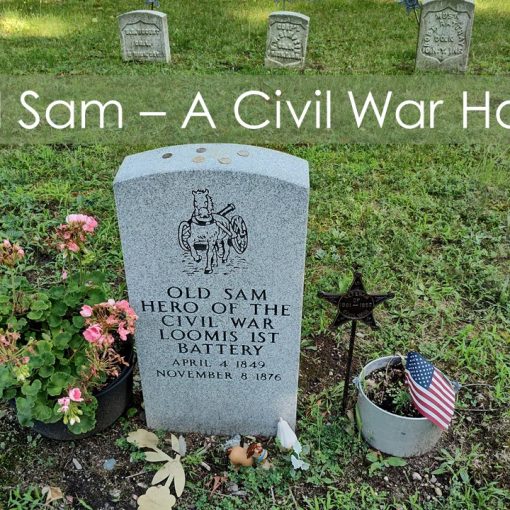
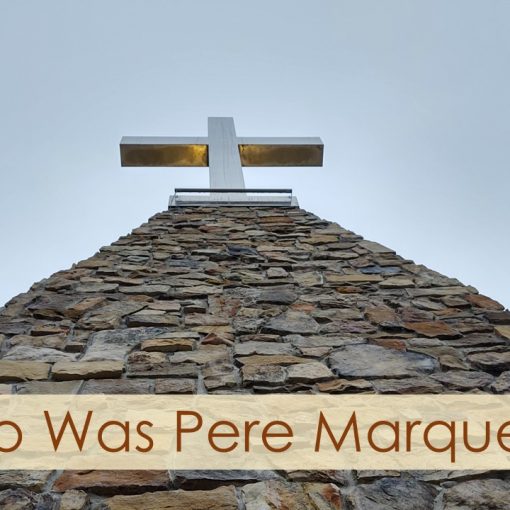
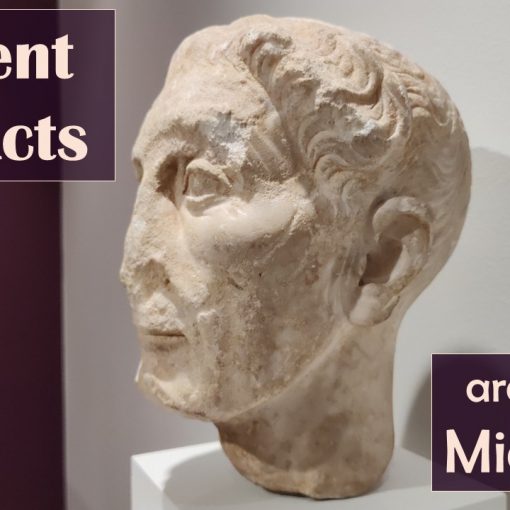
2 thoughts on “Time Honored Bread Making”
I would like more information on Ivo as a guide in Sardinia please.
I make sourdough bread weekly and would love to learn more techniques. We are going to Sardinia in September 2024
Wilma,
Thank you for reaching out to us! Dr. Ivo Pirisi and his partner, Rita, host guests at their cultural workshop/bed and breakfast, “Casa Mediterranea” located on Via Dante Alighieri, 6, 09070 OR Nurachi, Sardinia. Their phone number is +39 0783 205916. -Martha